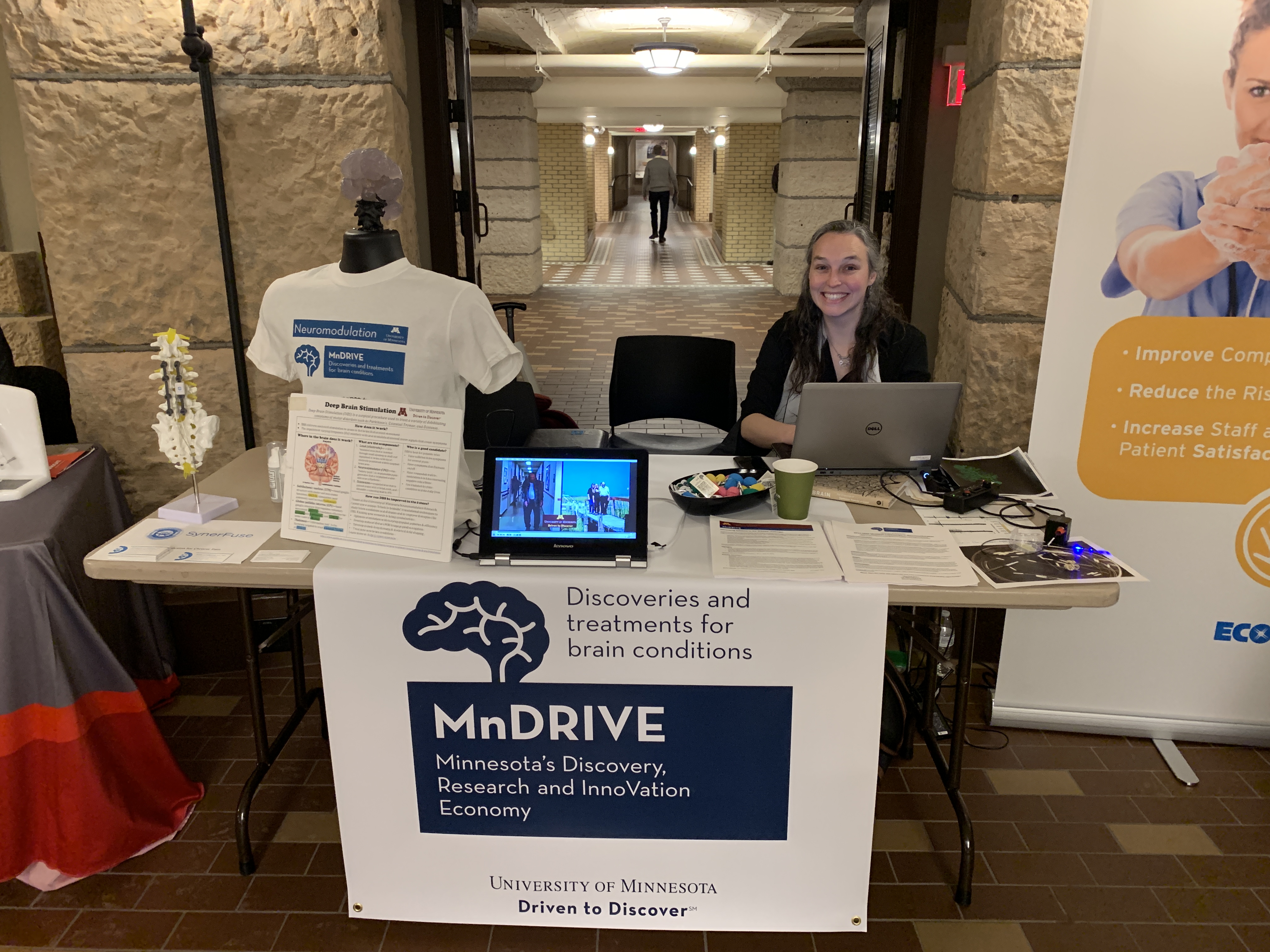The Kurt B Seydow Dystonia Foundation recently presented the Department of Neurology with a check for $192,000, raised at the 4th annual Kites2Kure Dystonia event. The gift will be used to advance scientific studies and research at the University of Minnesota, specifically advancing research on utilizing neurophysiological brain mapping and syncing tehcniques, which allows them to gain additional insight on the brain activity that may be the cause for developing dystonic symptoms. A HUGE thank you to the Kurt B Seydow Foundation, and all of their donors, for this incredible gift! See the video below for footage from this year's event.



